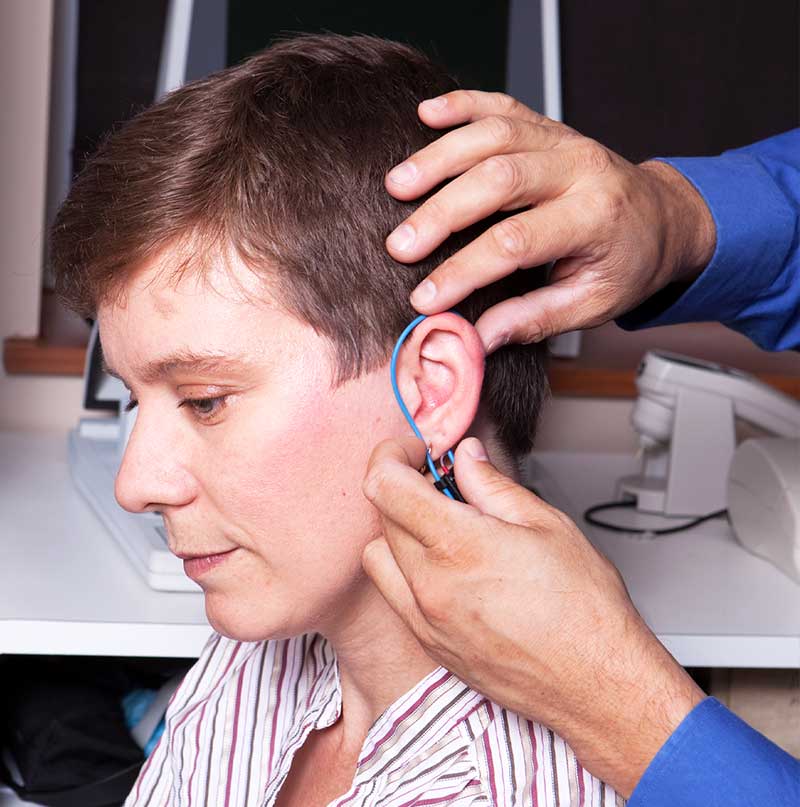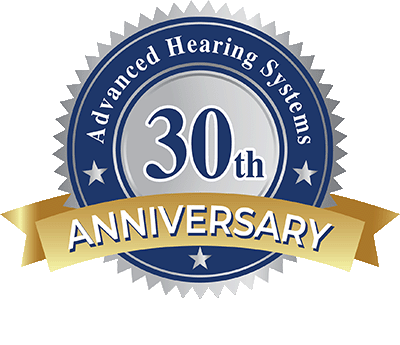Hearing Aid Fitting
Before a hearing aid fitting is scheduled, we will do a thorough hearing test to determine if hearing aids can help. Based on the results of this test, your hearing aid specialist will be able to determine how loudly sounds need to be amplified so they are audible to you, as well as how to compress loud noises so they aren’t painful to your ears.
When the hearing aids we have ordered for you arrive (usually in a couple of weeks), we will invite you back to our office for your fitting appointment.
Here’s What to Expect at Your Hearing Aid Fitting

What Is Real Ear Measurement?
During the fitting, we will verify that your hearing aids will amplify sound properly by performing a Real Ear Measurement. This process involves inserting a device into the ear canal which is connected to an external microphone. The volume of sound near your eardrums is then measured without the hearing aids in your ears. This test ensures suitable amplification for your individual hearing loss and is recommended by both the American Speech-Language-Hearing Association and the American Academy of Audiology.
The hearing aid specialist will then insert your hearing aids in your ears and turn them on. You’ll hear sounds at different volumes to verify the amplification is the correct level for your ears, and that loud sounds don’t cause discomfort.
Once the fitting is completed, your hearing aid specialist will show you how to properly maintain and care for your hearing aids. This includes how to insert and remove the hearing aids, as well as how to change the batteries.

